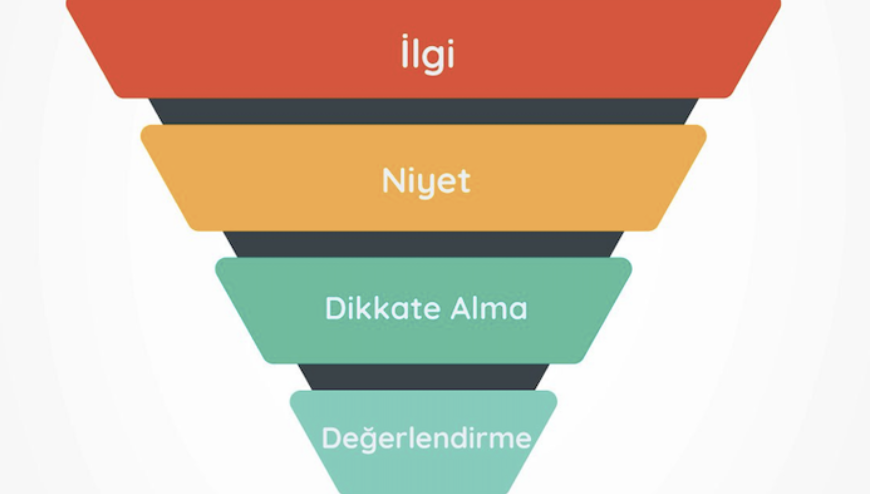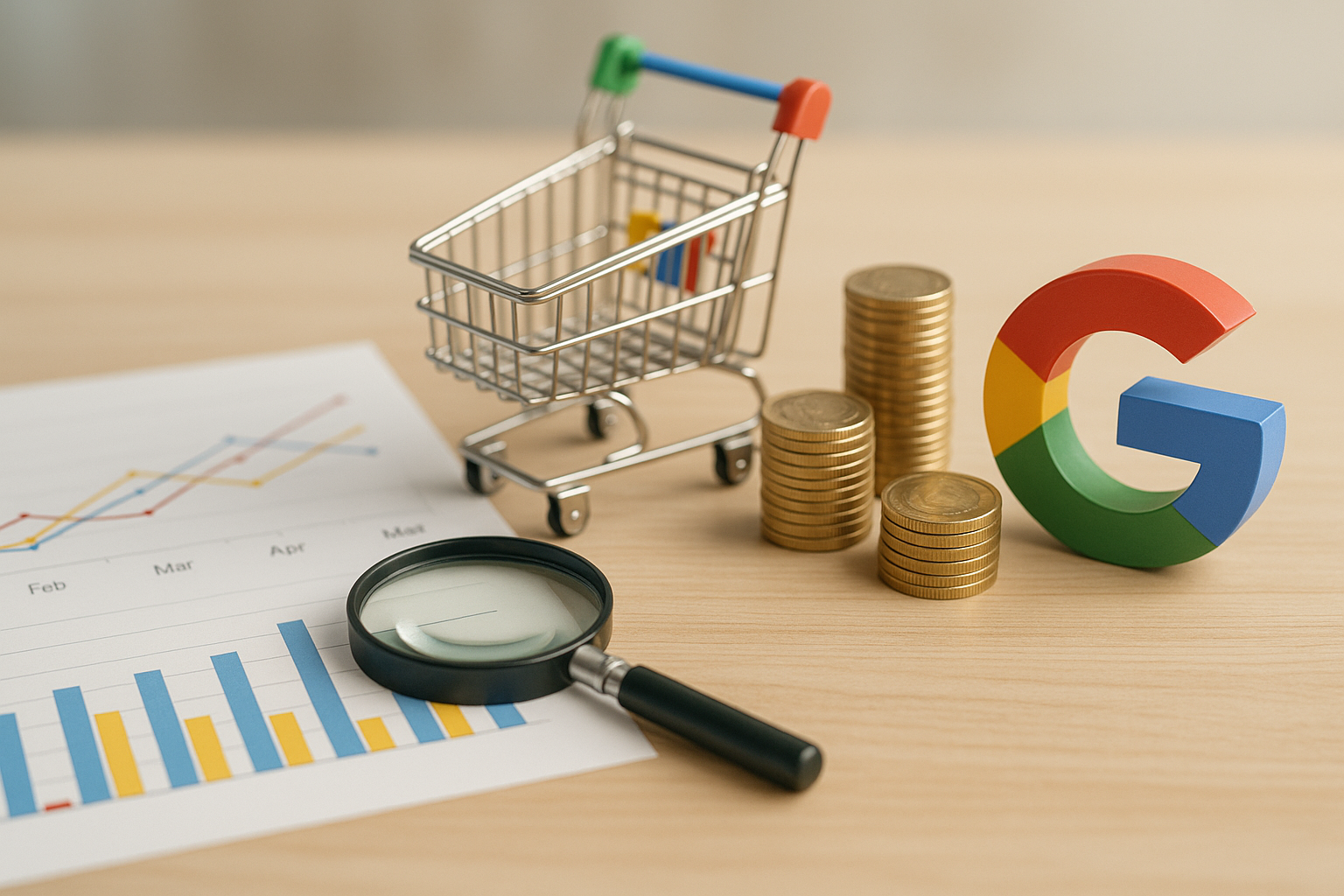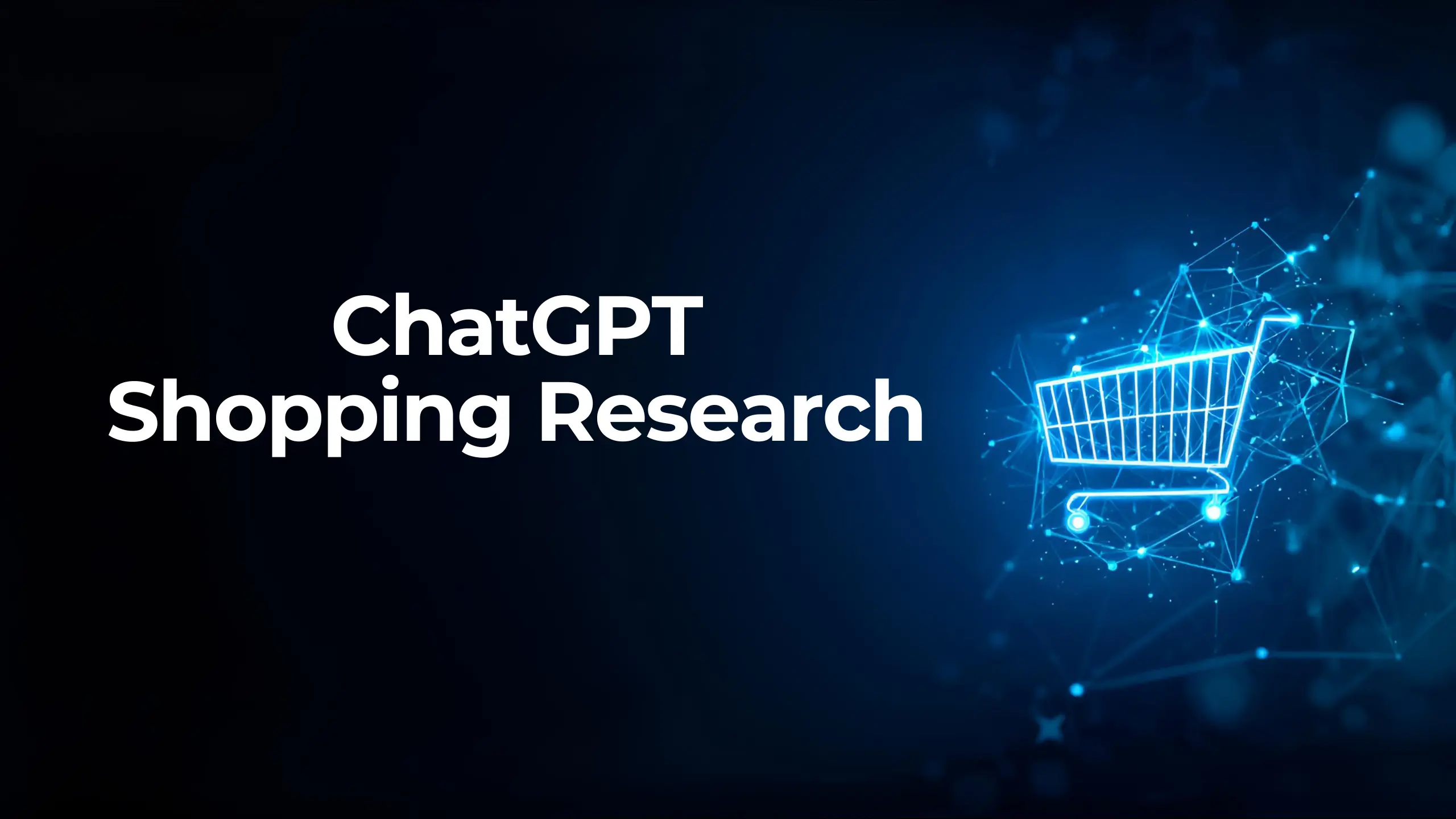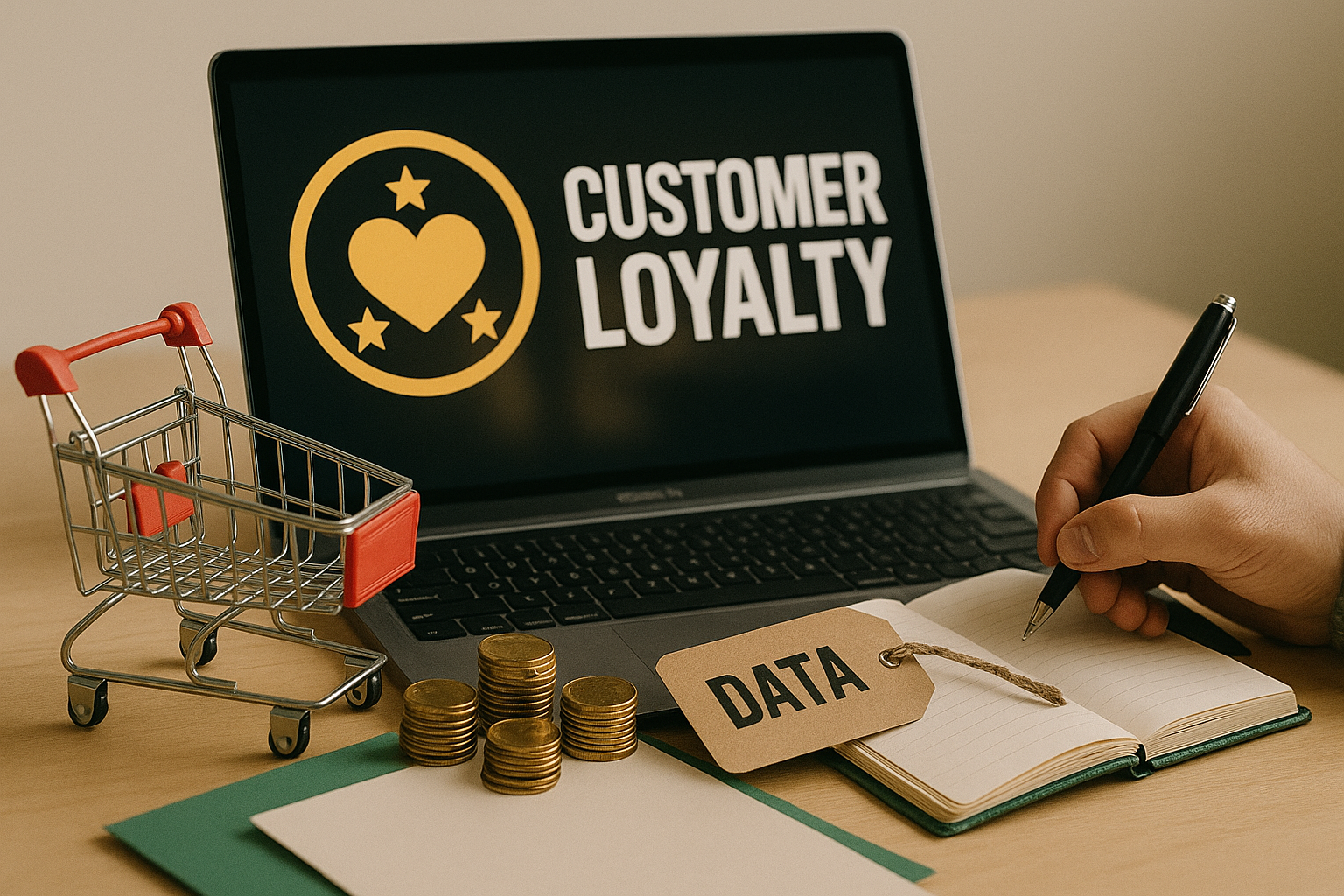
Analytica House
Sep 5, 2022Creating Personas and Funnels in Digital Media Planning

In digital marketing—and especially in e-commerce—identifying potential customers and reaching them at the right time, in the right place, is essential.
In traditional marketing, the first step to identifying target customers is creating personas and developing individual strategies for each. However, this is not enough to get ahead of your competitors. The tools of digital marketing have introduced an unprecedented level of data and customer insight into the marketing world.
This boundless sea of marketing data has made it necessary to create more nuanced personas and develop micro-level strategies tailored to these segments. Undoubtedly, in today’s marketing world, the leading brands are those that can interpret this data most effectively and turn their learnings into powerful strategies.
The key to interpreting data and creating strategies lies in understanding the source of the data—in other words, identifying the users from whom the data is gathered. Comparing different customer groups using the same metrics is often the first and most critical mistake made.
To put it simply: while strategy creation requires creativity, reading data requires numerical and analytical thinking. Identifying the customer, on the other hand, is a part of marketing that draws heavily from social sciences like psychology, philosophy, and sociology.
1. First Step in Defining the Customer: Persona Creation
Although there are various approaches today, the widely accepted method for persona creation in marketing is based on consumption motivation. Since personas are often associated with demographic details like age and gender, these are usually the first elements considered. But this is a mistake.
Potential customers should first be segmented based on the motivations that drive them to purchase. Then, the demographic characteristics of these personas can be examined. In other words, demographics are not the cause—they are the result.

Pro Tip: The personas you create may overlap or be interchangeable. For example, imagine you're managing an e-commerce platform that sells stationery products. A 30-year-old white-collar male with a university degree might purchase products for his company, buy colored pencils for his child to use at school, or make a personal purchase simply because he enjoys drawing.
These three different purchasing motivations require three different strategies. Therefore, a defined demographic group can include multiple personas (overlap), and the same user can belong to different personas at the same time (interchangeability).
2. Second Step in Defining the Customer: Funnel Creation
The persona definition provides a general and static profile of your target customer. However, your communication with the customer is constantly changing and evolving based on actions you take and macro variables. Within the same persona, you may have both potential customers who don’t know you and loyal customers who frequently purchase from you.

Trying to reach consumers at different communication stages (brand awareness) with the same ad (message) or the same advertising channel will lower the efficiency you get from that persona. Therefore, you need to define communication stages with your customers on a persona-based level and structure it within a funnel (user funnel).
Although standard funnel structures are often used in marketing, digital user funnels based on personas are more complex than basic steps like awareness, consideration, and engagement.
Most importantly, when defining funnel steps, it’s more functional to name them based on the user’s current milestone rather than their place in the brand communication journey. Regardless of persona, every target customer will fall into one of the groups below:
2.1. New User Acquisition
Note: Users in this funnel step do not include those who have already progressed to later stages.
- Users who recognize your brand and logo in the context of your industry.
- Users who know and are convinced of the unique features that distinguish your product/service from competitors.
- Users who are not actively searching but may enter the search phase when approached.
- Users who are actively searching for a product/service.
- Users who have visited your digital sales channel at least once during their active search. (Retargeting begins here and continues through subsequent steps.)
- Users who have engaged with your platform at above-average levels (e.g., membership, favorites list).
- Users who have completed at least one purchase (new customers).
2.2. Remarketing
- Previous customers who were satisfied with their last purchase.
- Former customers reminded of their positive past experience.
- Former customers not currently searching but may become active again when approached (by you or competitors).
- Former customers who might specifically choose you if they re-enter the purchase phase.
- Past customers who have recently visited your sales channel again during an active search.
- Customers who have made repeat purchases (loyal customers).
2.3. Engagement
While engagement is typically defined as strengthening interaction and communication with users who have not yet made a purchase, it also includes efforts to maximize the lifetime value of existing loyal customers.
Note: Remarketing and engagement efforts are carried out simultaneously for users who have completed at least one purchase. The main goal of engagement is not just repurchasing, but generating different customer values.
- Former customers who were satisfied with their last purchase.
- Customers who have shared positive experiences in digital or social settings.
- Customers who have decided never to choose another brand (lovemark).
- Further actions depend on your marketing team’s brand vision.
In the media planning phase, applying the approach above with 100% precision may not always be feasible due to the limitations of ad platforms’ infrastructure and content-advertising models. Therefore, when choosing ad platforms, it’s best to evaluate their targeting and data capabilities and decide where your funnel steps can realistically be applied.
More resources

5 Ways to Accurately Measure Sales Impact with Google MMM
Google MMM (Marketing Mix Modeling) is one of the most powerful statistical methods for understandin...

ChatGPT Shopping Research: An AI-Powered Shopping Assistant
ChatGPT Shopping Research is an AI-powered shopping assistant that accelerates users' shopping resea...

Data-Driven Tactics to Build Customer Loyalty After Black Friday
Customer loyalty is the most valuable outcome of the Black Friday period, as short-term traffic and...

